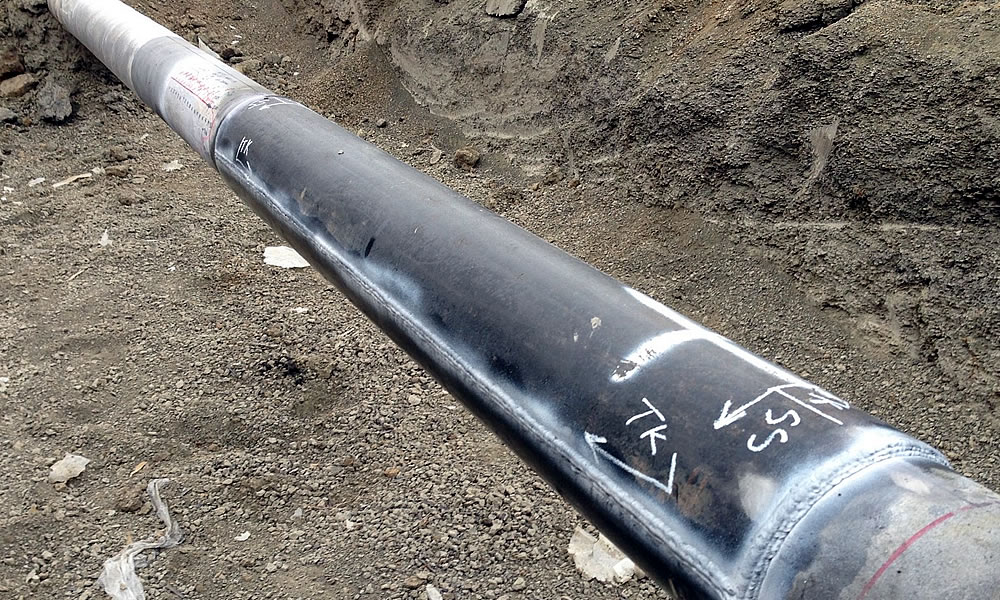How do you know which individuals need qualified for each covered task?
Under the Operator Qualification rule, each pipeline operator is responsible for developing an OQ program and defining the requirements for personnel performing covered tasks on their pipeline facility. Part of each operator’s OQ program is to define the span of control for each covered task.
Span of Control, or Direct and Observe, are terms used to define the ratio of qualified individuals to unqualified individuals that can safely perform a covered task.
For example, many operators designate the span of control for Abnormal Operating Conditions (AOC) as 1:0. That means for every qualified person, there can be zero unqualified personnel. Another way to look at it: everyone performing work on site must have the OQ for Abnormal Operating Conditions. Another example is the covered task for application of coating using hand application methods. Many operators designate the span of control as 1:2. In this case, it is required to have one qualified individual that has direct observation of two unqualified individuals who are applying coating by hand.
The Operator Qualification rule does not designate a minimum span of control for each covered task; therefore, you must check with each operator to understand the requirements of their program. Span of control can vary for each operator.
Following are ten quick facts regarding span of control:
- Operators are permitted to allow tasks to be performed by unqualified individuals if the individual is directed and observed by a qualified individual.
- Operators must ensure the observer is qualified in accordance with the operator’s written qualification program.
- Each covered task should be assessed to determine how many unqualified individuals, if any, can perform a task while being directed and observed by a qualified person.
- Operators should develop a task specific “span of control ratio” so that a qualified individual may direct and observe an unqualified employee to perform, and/or while performing, covered tasks.
- Span of control is defined as the ratio of qualified vs. unqualified individuals who can safely perform the covered task.
- Operators should establish criteria for determining its ratio of qualified vs. unqualified individuals who can safely perform the covered task (span of control).
- Operators should consider the task’s complexity, criticality, and normal working conditions when determining the maximum span of control.
- Typical industry spans of control range for 1:0 through 1:5; it is recommended the operator not exceed spans above 1:5.
- It is recommended that the Operator consider reducing span of control when actual jobsite conditions (i.e. language barriers, weather conditions, excess noise) limit the qualified individual’s ability to direct and observe unqualified individuals.
- The program should state that the qualified individual shall be in close proximity to the unqualified individual so that he/she may intervene if the task is being performed incorrectly and can respond to an AOC if one should arise.
For comprehensive information from PHMSA, view the following Operator Qualification Enforcement Guidance at this link:
https://www.phmsa.dot.gov/sites/phmsa.dot.gov/files/docs/training/pipeline/operator-qualifications/56581/oq-enforcement-guidance-12-7-2015.pdf


